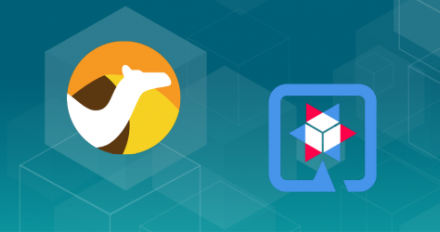
Boost Apache Camel performance on Quarkus
Learn how Camel evolved over time and boost Apache Camel performance on Quarkus to get lightning-fast boot times with low memory utilization.

Learn how Camel evolved over time and boost Apache Camel performance on Quarkus to get lightning-fast boot times with low memory utilization.
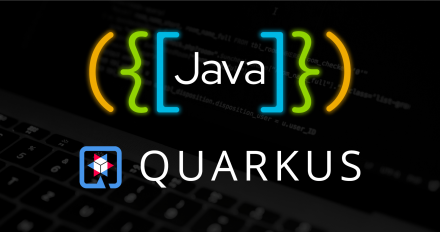
Stream sessions from the virtual Jconf.dev 2021 Java conference to hear fascinating insights from developers worldwide. Tune in for Red Hat presentations.

Find out the biggest news for Kubernetes and OpenShift in 2021, including OpenShift 4.8, containers, serverless apps, Node.js, Apache Kafka, CI/CD, and Quarkus.

Get started with using Red Hat Universal Base Images for lightweight, secure, and free container builds, with examples based on Golang and Python.
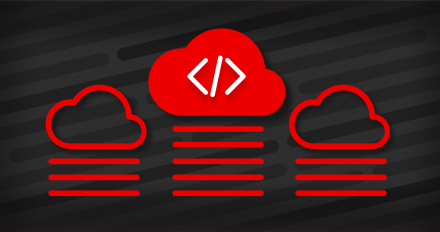
Read an informative overview covering the new book, Modernizing Enterprise Java, a Concise Cloud Native Guide for Developers. Download the free e-book today.
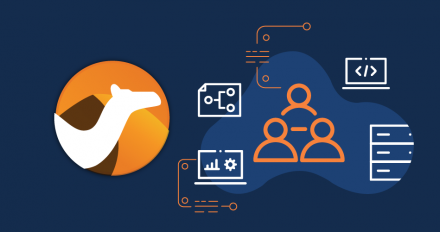
Connect web services with Camel K and AtlasMap. Learn how to inspect the service interface, design an OpenAPI definition, map data, and define a Camel route.
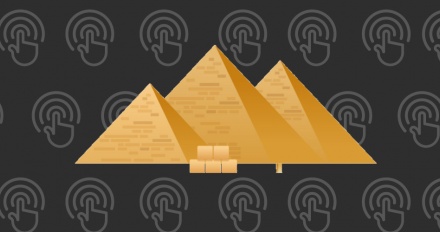
Learn how to better build and extend containerized apps by using Project Thoth to control container image quality and provide more robust runtime environments.

Learn about the Apache Camel K platform and how to use it to normalize APIs and connect services. Explore how to use AtlasMap to simplify data mapping.
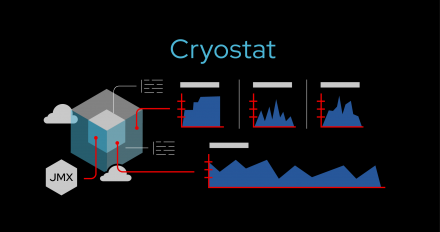
Capture JFR data on the fly with the POST rule in Cryostat 2.0. Diagnose performance problems in containerized apps running on Kubernetes and Red Hat OpenShift.
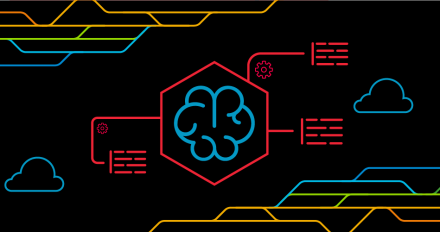
Watch this demo by Red Hat Principal Software Engineer Chris Chase on how to build and deploy an object detection model within an intelligent application.
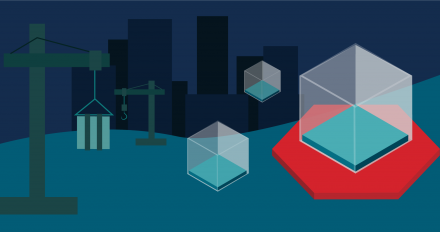
Learn how to use a build pipeline for building and storing application images. Includes Container Certification requirements, tagging, and compliance.

Understand persistent volume and various storage and access types. Learn to use Red Hat OpenShift Data Foundation to get persistent storage for your apps.

Get hands-on resources for building machine learning models using Red Hat OpenShift Data Science. Learn how to use NLP, Jupyter notebooks, and more.

Learn how to use Red Hat OpenShift ConfigMap to preconfigure custom event templates in Cryostat 2.0. Discover how to add a ConfigMap to the Cryostat Operator.
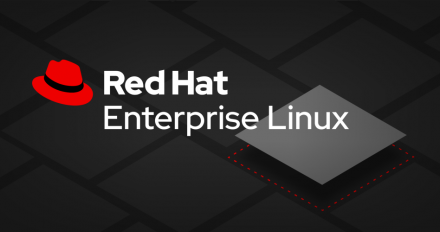
Use this lab to learn how to install additional software into a container image.

Explore Dockerfile best practices for building secure, scalable universal application images that run well in Kubernetes and OpenShift.
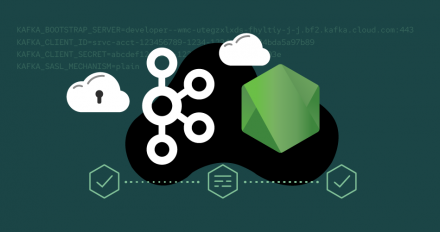
Learn a secure and easy approach to Apache Kafka credential management with Node.js when building reactive applications with Red Hat OpenShift.

Learn how to use Package Managers to reduce user errors, and how to automate...

Learn a useful series of must-know commands, from finding files to checking the...

Use this open environment to find resources associated with the Linux topics...
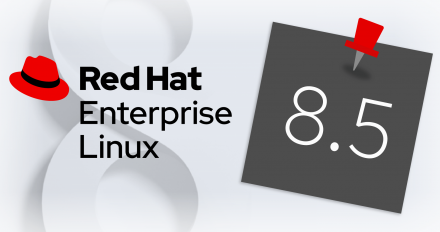
Red Hat Enterprise Linux 8.5 is here! This release has OpenJDK 17, .NET 6, rootless overlay support in Podman, enhanced application streams, and more.

Use Cryostat 2.0, a container-native JVM application, to automate JDK Flight Recorder. Read all five articles in this Red Hat Developer series for more details.
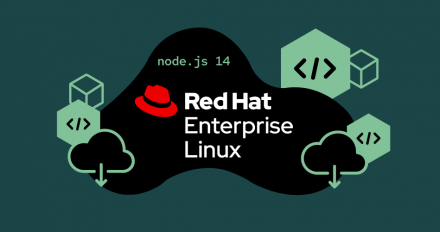
Optimize runtime images with UBI minimal images. Learn how to deploy a Node.js minimal image through a Dockerfile and a Source-to-Image chained build.

Find out why TCP is faster than UDP, then learn how to use Red Hat Enterprise Linux 8.5 to boost UDP throughput in container deployments.

Learn how the open source serverless platform Knative 1.0 can simplify Kubernetes and save time for developers. Includes concurrency controls and rollbacks.